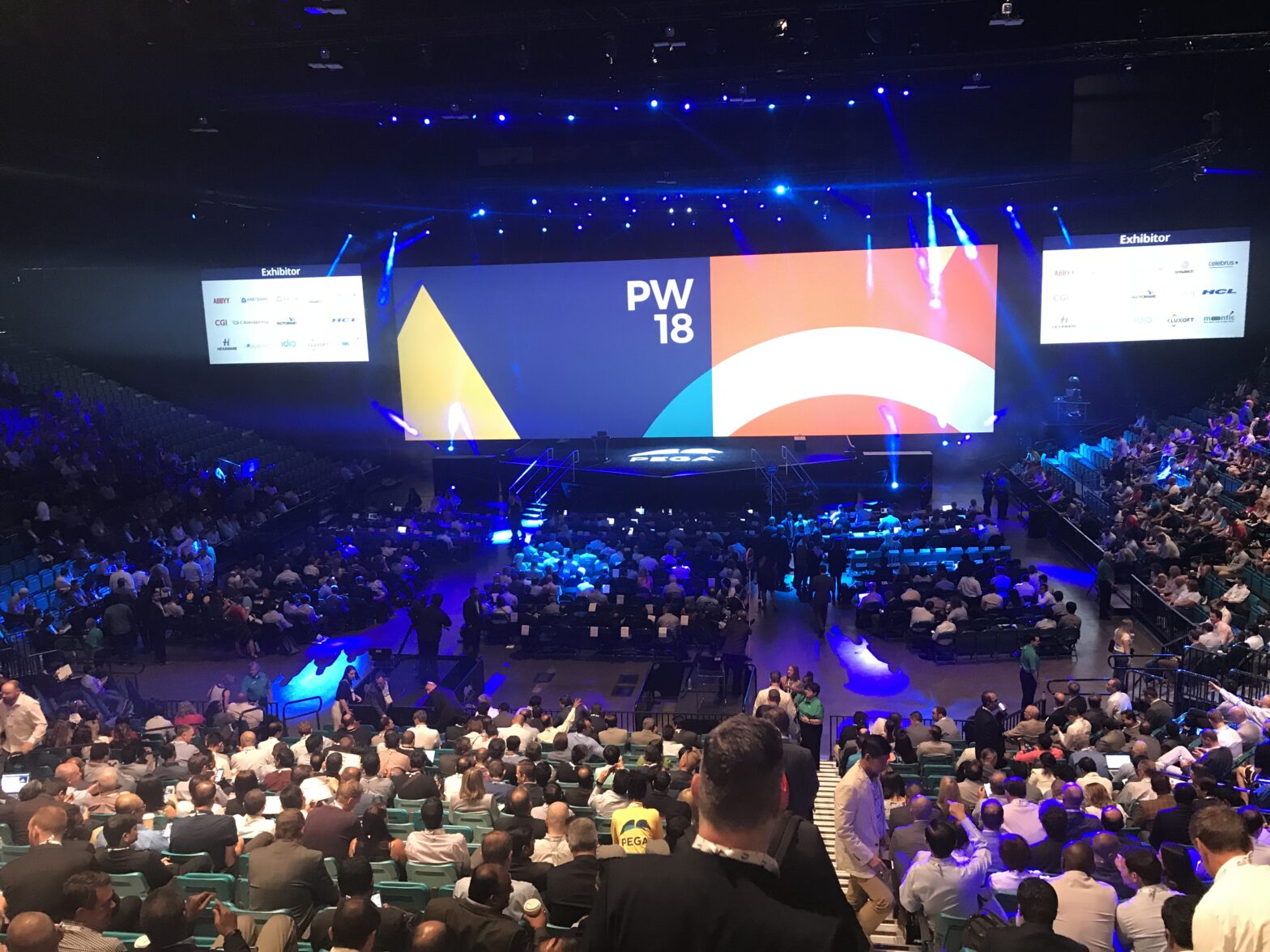The insurance industry was one of the first to adopt automation. Aflac, for example, started using automation technologies in the 1970s to help improve the customer experience, according to Davis.
Aflac is a 60-year-old Fortune 500 company, which sells supplemental medical insurance. It is a giant with over 10,000 employees and 50,000,000 customers worldwide – 75% in Japan and 25% in US.
But, like any other company in any other industry, it is looking to improve its service. As a result, it has invested heavily in automation – “to make processes faster and better for the customer, in a more cost effective way,” explained Davis.
>See also: AI and the IoT attract almost half of insurtech investment
Technology is rapidly revolutionising the world – and consumer expectations are changing even faster as a result.
The silo problem
“Aflac was an expensive siloed environment,” said Davis during the opening keynote session at Pegaworld 2018.
This became increasingly unsustainable in the face of a constantly changing, more complex regulatory environment combined with the growing needs of customers. “We needed to focus on transformation,” said Davis.
As a result, there has been “more change in the last 10 years than in last 60. The way in which we sell has changed, so have to turn to technology,” said Davis.
‘Broken trust’
One of the most common hurdles facing enterprise transformation is the problem of IT disconnect. Aflac was no different, and Davis highlighted a “broken trust between IT and business”. There was a need to change the culture, from a perceived disconnect to collaboration.
>See also: Autonomous cars change the game for motor insurance
“We needed to convince people [from both IT and business] a new way of developing and interacting with each other.”
Business and IT strategies need to align
Aflac’s CEO, Dan Amos, came to Davis and said he wanted claims to be paid out in one day to customers. This, according to Davis, was not possible with her other priorities and the technology available.
In this case, to achieve the aim, both business and IT needed to focus on one priority. Aflac managed to achieve this and customer satisfaction went from 39% to over 79% in three years, as a result.
“We achieved this change of perception, and IT is now a partner with business.”
Pega’s role
Aflac works with Pegasystems for its business process management software. And this allowed Davis and her team to deliver on the one-day claim promise.
Working with Pegasystems helped facilitate the collaboration between Aflac’s IT team and the rest of the business.
>See also: The evolution of artificial intelligence in customer experience
Speaking back in 2016, Davis said [of working with Pega] that it is “an opportunity for us to focus on enterprise-wide tool sets, platforms that we can use to run a lot of our business rules and processes through.”
“A lot of [the technology] we once used was from many years ago – a lot of standalone technology, a lot of custom code development. Quick and dirty, get in, and then figure out how to integrate it later. So we’re using [Pega] and other enterprise platforms to modernise our architecture and deploy new business capabilities faster and more securely by emphasising configuration over custom development wherever possible.”
“Modern platforms like Pega allow us to respond quicker to the marketplace and our regulatory environment.”
“It helps us build a common foundation that we can leverage across our multiple lines of business.”
>See also: 5 technologies improving the customer experience journey
Investment in training key for transformation
Davis went on to stress the importance of training as companies enter into the process of digital transformation: “Transformation is not just about technology, it is about transforming the process.”
She later made clear, in a panel at Pegaworld, the importance of agile training. “Jobs today will change, that’s what happens with technology innovation.”
The next big challenge for Davis is continuing to drive innovation in insurance. It’s important to think about investments – whether that’s in people or technology – from a different, customer-orientated perspective.
Information Age will be at Pegaworld all week, covering the latest announcements from Pegasystems and its customers, all surrounding the topic of driving change through digital transformation







